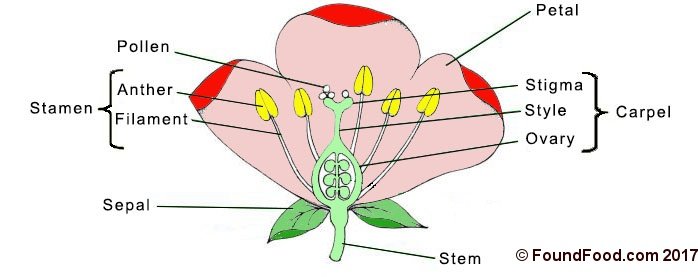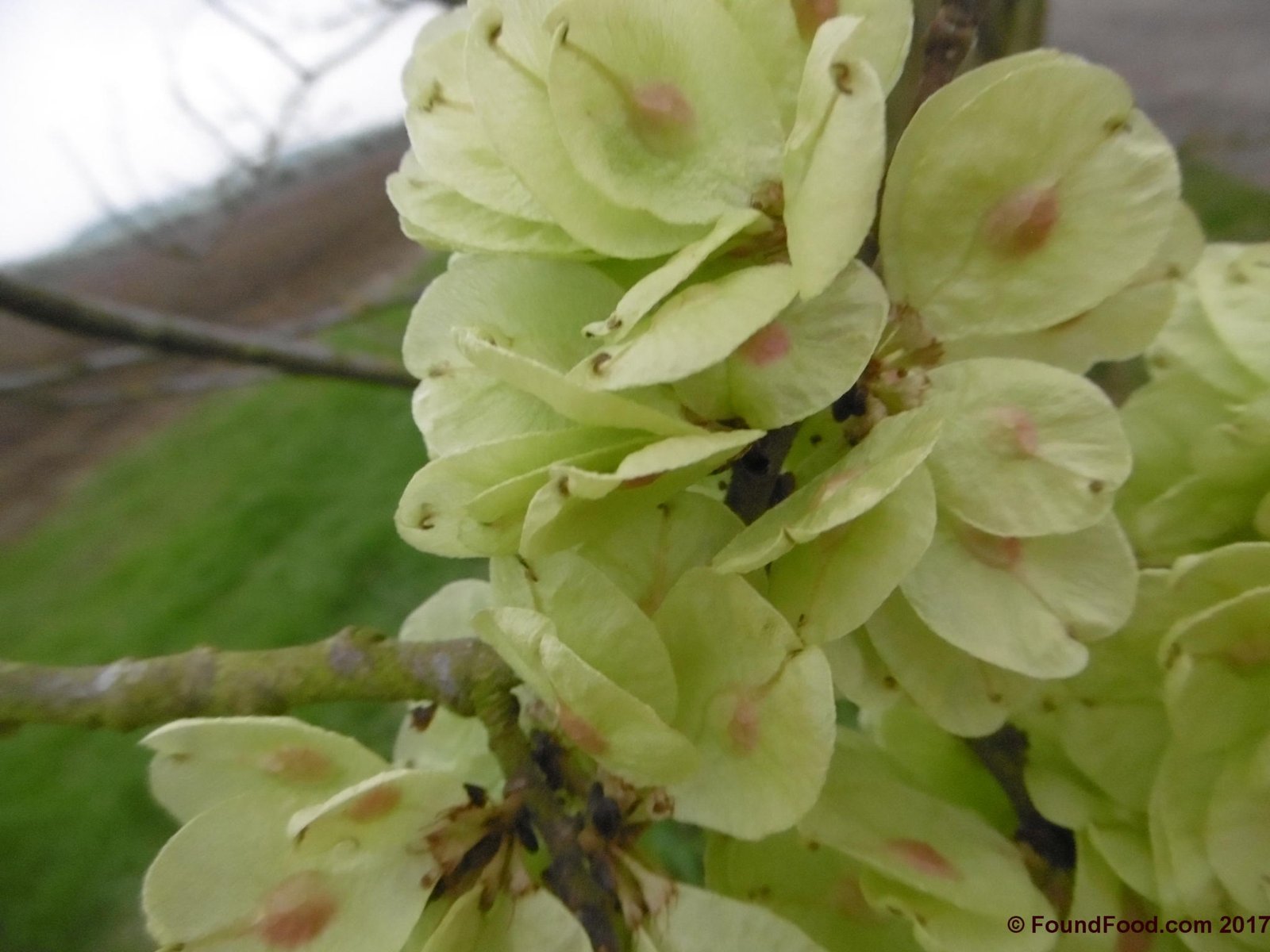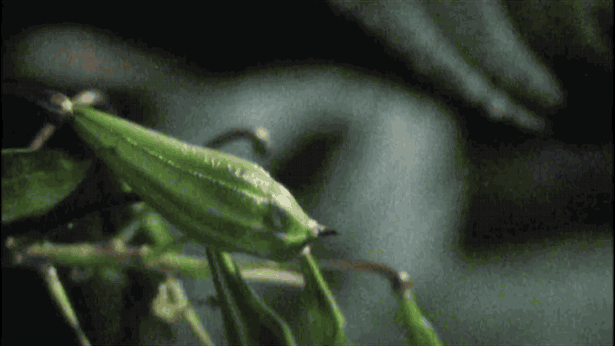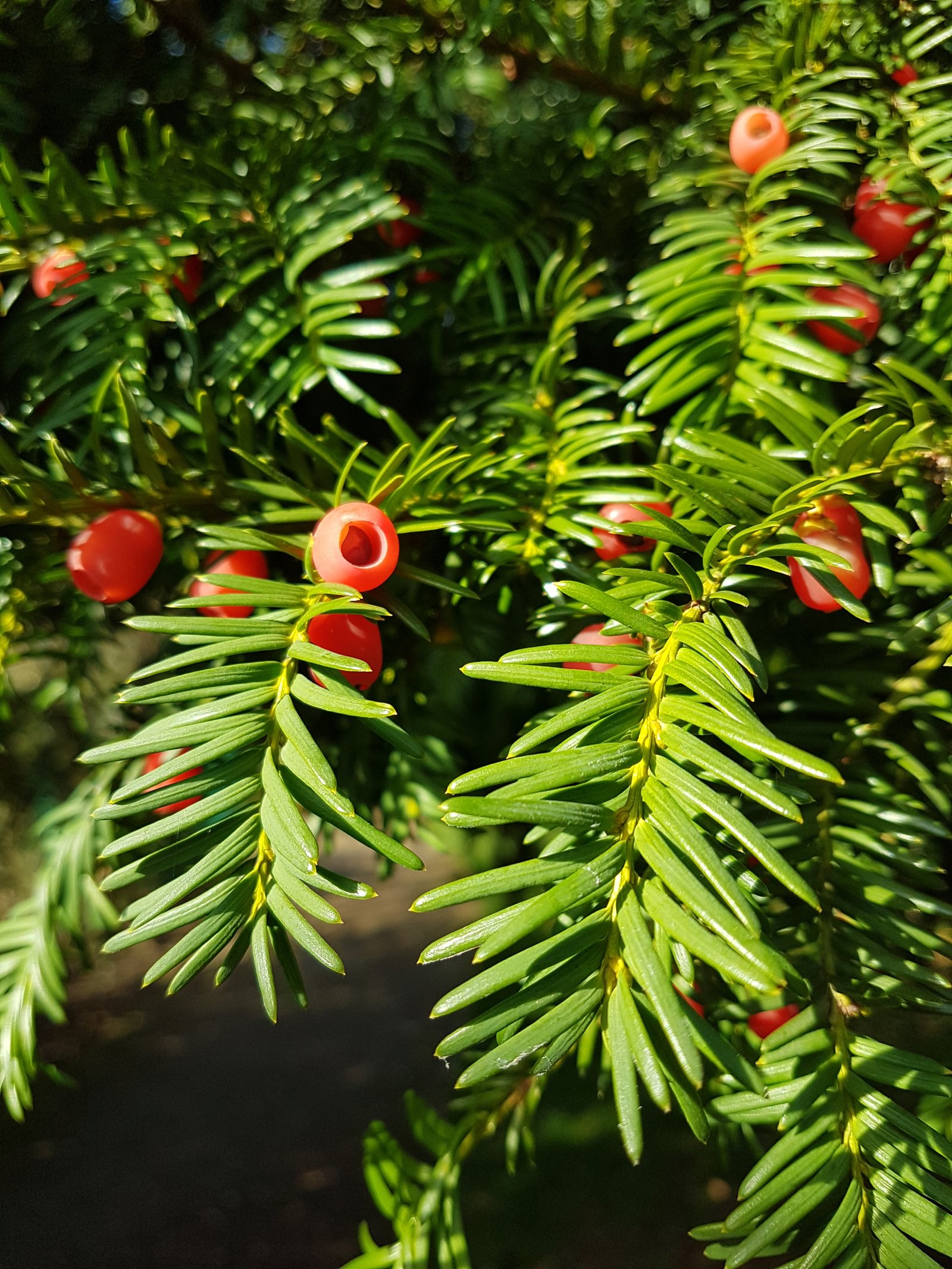The Parts of a Flower
I’m finding that as I learn more about plants and trees, it’s becoming increasingly useful to understand some of the botanical words and phrases that are used. Not just the Latin names (which are helpful sometimes), but also the parts of plants. So the long long white things with yellow things on the end, become the white Filaments with yellow Anthers.

It seems to make it much easier to make myself understood, but also it helps me when I’m looking into a plant or tree, and I find myself reading some of the more scientific resources that you find on the web.
Parts of a Flower
When it comes to the parts of a flower, I knew what stems and petals were; And I think I vaguely remember the terms stigma and stamen from school (although I wasn’t sure what they were). When the term “Sepal” came up, I have no idea, and yet it is the simplest thing. When a green flower bud opens up, and the cover becomes small leaves that often support the petals.. They are the Sepals!
The Stamen is the “male” part of the flower, which consists of a Filament, with an Anther on top. The Anthers are where the pollen forms to be spread by wind, insect or bird.
The Carpel is the “female” part of the flower, which consists of the Stigma, which receives the pollen, the Style which transfers the pollen to the Ovary, and the Ovary which is where the magic happens. This is complicated slightly, as some flowers have multiple Carpels, which can be referred to as a Pistil. When there only one Carpel, the term Pistil can also be used.
More information…
Did you find this useful?
You can find more useful botanical information in our new book, The Forager’s Introduction to Botany here: https://shop.foundfood.com/products/the-foragers-guide-to-botany
Or, sign up to our email newsletter










Leave a Reply
Want to join the discussion?Feel free to contribute!